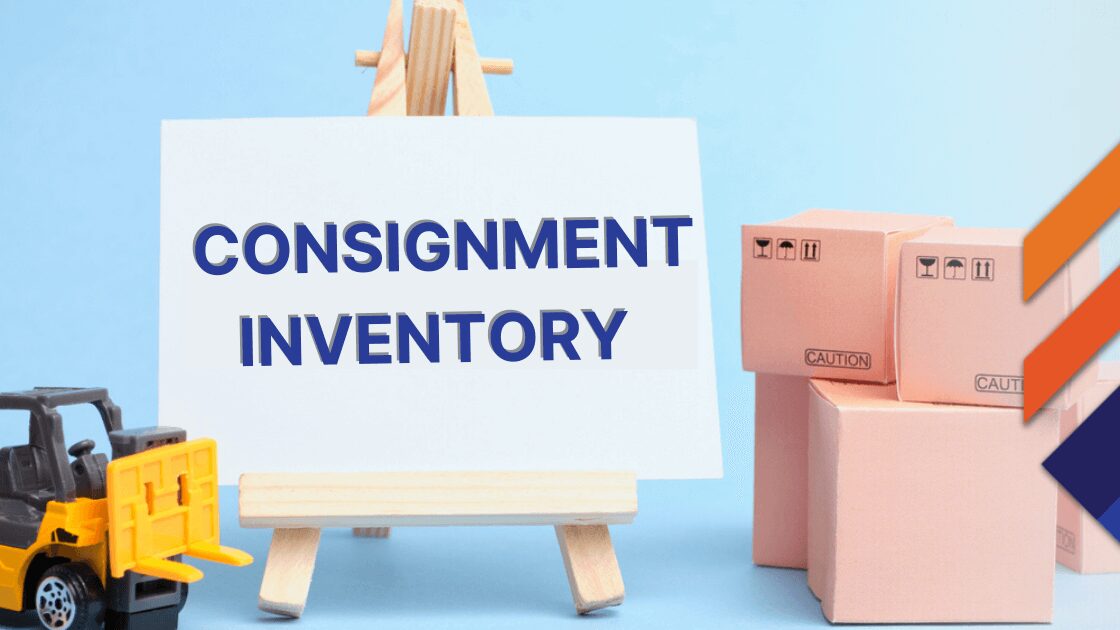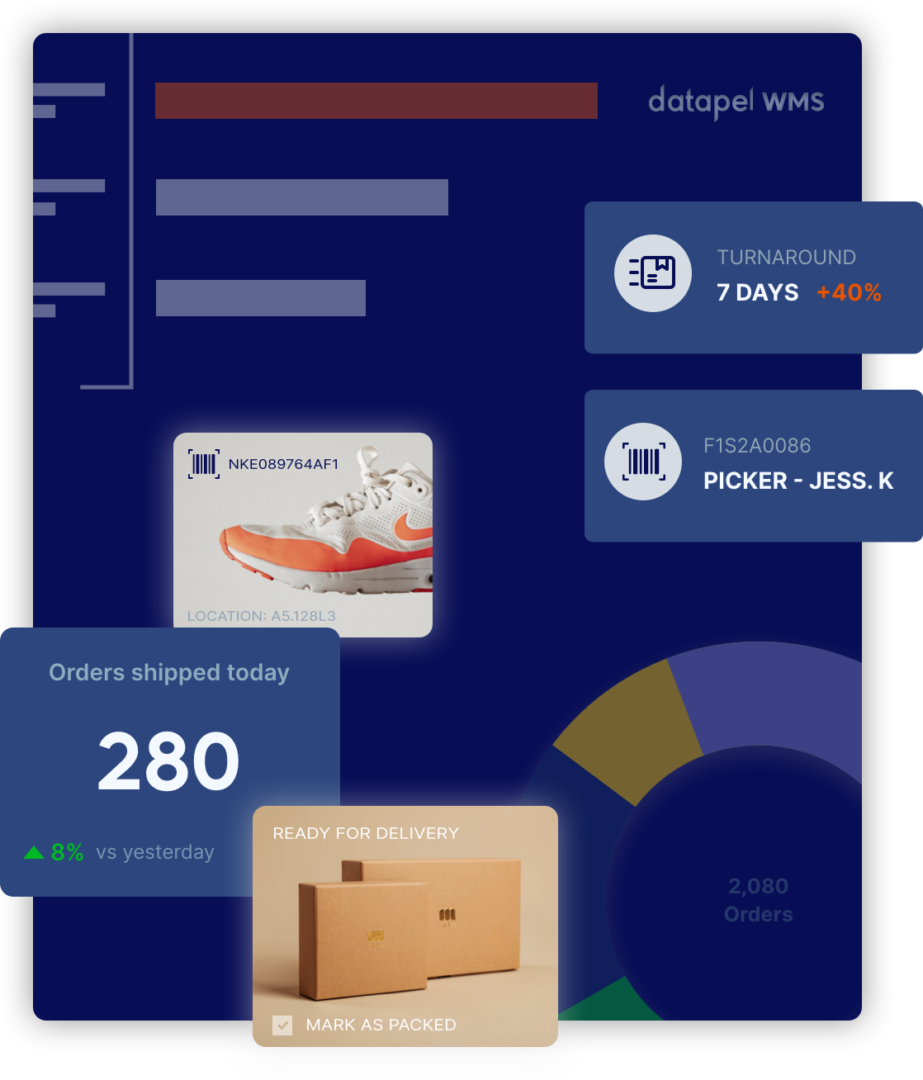The Benefits and Risks of Consignment Inventory
Contents
If you are looking for ways to increase your sales without taking on more inventory risk, consignment inventory might be a good option for your business. Consignment inventory allows you to sell products that belong to another business, without having to purchase them upfront.
In this article, we’ll explore the benefits and risks of consignment inventory and help you determine if it’s the right business model for you.
What Does Consignment Mean?
Consignment is when goods are put into the custody of the owner for sale. In some cases an eCommerce site will provide products or services that are manufactured by another person for which he pays part of his profits.
What is Consignment Inventory?
Consignment inventory is a business arrangement where a supplier places goods in a retail store or warehouse and only gets paid when the items are sold. The supplier remains the owner of the inventory until it is sold to a customer.
With consignment arrangements the retailer earns a commission or a percentage of the sale for providing space for the inventory.
Also Read: Supplier Relationship Management – Key Strategies for Success
How does consignment inventory work?
Consignment inventory can be a great option for suppliers who want to increase their product exposure and retailers who want to offer a wider range of products without taking on a lot of inventory risk. Here’s how it works in 4 steps:
- The supplier and retailer agree on the terms of the consignment arrangement, including the payment terms and the length of time the products will be available for sale.
- The supplier sends their products to the retailer and the retailer puts the products on display for sale.
- When a customer purchases one of the products, the retailer keeps a percentage of the sale price as their commission and sends the remaining payment to the supplier.
- If the products don’t sell within the agreed-upon time frame, the supplier has the option to have the products returned or extend the consignment period.
Consignment Payment Structure
A person who wishes to sell a piece in consigned shipping sends it back to the consignment shop or to a company that sells it on his or her behalf. Third parties are required to agree upon how the revenues will be distributed on the sale of a product.
Many consignment shops set out to pay fees in standardised terms, which include the percentages of sales price paid and the percentage paid for the sale.
However, many consignment shops are happy to negotiate, especially for more expensive merchandise that can provide greater revenues.
Examples of consignment businesses
Buying a shipment or distributing a product is often a business practice in auctions, imports, and any service that involves transferring or selling a product by a third party. Thrift shops and second hand stores are typical examples of consumer-facing shipments businesses.
More retailers use consignment to expand traditional retail sales to retail outlets. Zara also has an online auction of old and new clothes for consignment selling.
Wholesale vs. Consignment
Consignment and wholesale are different in many ways.
Wholesale inventory refers to a large number of products that are purchased from a supplier at a discounted price and then sold to retailers or customers at a markup. Wholesale inventory can be a great way for businesses to purchase products at a lower price and then sell them for a profit.
The benefits of wholesale inventory include bulk buying, which can result in lower prices per unit as well as give the business the ability to provide a wider range of products.
However, it’s important to keep in mind that there are some potential downsides to wholesale inventory as well. For example, businesses may be left with excess inventory if they are unable to sell all of the products they purchased.
This can result in storage costs and potentially even losses if the products become obsolete or outdated. It’s vital to carefully manage inventory levels to avoid excess inventory and potential losses with wholesale selling.
Advantages of Consignment
Consignment sales are great options for a business that doesn’t currently have a brick-and-mortar presence, though consignment arrangements may be available via the Internet.
Online stores are sometimes called Consignments Shops for some of the sales and provide the public with a way of selling their wares.
The new process eliminates the need to create and implement their website to attract clients as well as establish their payments processes. The same applies in consignment situations.
Benefits include:
- Low inventory risk for retailers: With consignment, the retailer only pays for the products once they have been sold. This means they have lower inventory risk, as they don’t have to pay for the products upfront.
- Increased product exposure for suppliers: This can be a great way for suppliers to increase the exposure of their products, as they are being sold in a retail store.
- More control over display and pricing for suppliers: The supplier has more control over how their products are displayed and priced in the retail store.
- Increased product range for retailers: Retailers can offer a wider range of products to their customers without having to take on a lot of inventory risk.
- Flexibility in returning unsold products: Retailers have more flexibility in terms of returning unsold products to the supplier.
Disadvantages of Consignment Inventory
Consignment sales typically have a high commission burden for producer/owner companies because the consignment shop typically charges higher commissions.
For example in the arts galleries typically make up 50% of sales. The commission is paid out through the shares returned to the seller and therefore may reduce profit.
A further disadvantage with the consignment model is that buyers may be forced to lose control over the way products are promoted and marketed. Consignment stores typically have control of all marketing aspects of products.
Risks include:
- Limited Control: With consignment inventory, you don’t have complete control over the products you are selling. You must rely on the supplier to provide quality products that customers want.
- Limited Profit Margins: Since you only earn a commission or a percentage of the sale, your profit margins may be lower than if you owned the inventory.
- Sales Pressure: Consignment inventory can put pressure on retailers to sell the products quickly. If the inventory doesn’t sell within a certain timeframe, you may be responsible for the costs.
The downside of consignment stock
Among the biggest problems with consignment stock inventory is the difficulty in identifying this when managing inventory. The core concept of consignment, where the ownership change occurs only when the goods are sold instead of shipped contradicts the basic design of all accounting and inventory systems.
Most inventory managers do not handle this effectively. Some businesses are currently managing consigned inventory by using manual and labour-intensive processes but software can handle this requirement in a more effective fashion. This program is not only faster, but also less susceptible to errors.
Consignment Inventory Best Practices
We’ve established that consignment inventory can be a great way for retailers to offer a wider range of products without taking on a lot of inventory risk. Here are some best practices for managing consignment inventory:
- Establish clear terms and agreements with your suppliers: Make sure you have a clear understanding of how the consignment arrangement will work, including pricing, payment terms, and how unsold inventory will be handled.
- Keep accurate records: It’s important to keep accurate records of the inventory, including what products are in stock, how many have been sold, and how many are still on consignment.
- Regularly communicate with your suppliers: Keep your suppliers informed about the status of the inventory, including which products are selling well and which are not.
- Monitor inventory levels closely: Make sure you are monitoring the inventory levels closely and restocking as needed. You don’t want to run out of popular products, but you also don’t want to be left with a lot of unsold inventory.
- Merchandise the products effectively: Merchandise the products effectively to make sure they are attracting customers’ attention. Work with your suppliers to determine the best display options for their products.
- Keep the consignment area organised: Make sure the area is organised and clean, and that the products are displayed appealingly.
What about Vendor Managed Inventory (VMI)?
Consignment inventory and VMI are two different inventory management strategies, each with its own set of benefits and drawbacks. Vendor Managed Inventory (VMI) is an inventory management strategy where the supplier manages the inventory for the retailer.
Here’s how it works:
- The supplier monitors the retailer’s inventory levels and makes sure they always have the products they need on hand.
- The supplier is responsible for placing orders and restocking the retailer’s inventory.
- The supplier may use a variety of tools, such as software or RFID tags, to monitor inventory levels and ensure that products are always available.
- The retailer benefits from reduced inventory risk, as the supplier is responsible for managing the inventory.
- The supplier benefits from increased control over the inventory levels and pricing.
- The retailer and supplier typically work closely together to ensure that the inventory levels are appropriate and that the products are selling well.
VMI can be a great option for retailers who want to reduce their inventory risk and ensure that they always have the products they need on hand.
However, it’s important for retailers to work closely with their suppliers to ensure that the inventory levels are appropriate and that the products are selling well. Good communication and collaboration are key to making VMI work effectively.
It’s important to consider the specific needs of your business and work with your supplier or retailer to determine the best approach for your inventory management. Be sure to factor limitations into your decision before committing to a consignment business model.
To find out how Datapel can help you manage your consignment inventory, book a call with us today.

In my role, I oversee the development of insightful blogs that delve into the intricacies of warehouse management. Each piece reflects my dedication to empowering businesses through informative content. Through my team’s extensive experience in the industry, we aim to bring clarity to the complexities of WMS, helping businesses make informed decisions.
Join me on a journey through the ever-evolving landscape of warehouse technology as we explore the latest trends, industry insights, and practical tips to streamline your operations. Feel free to connect, and let’s embark on a collaborative exploration of how WMS can redefine your business efficiency.
Cheers to innovation, efficiency, and the exciting world of warehouse management!










